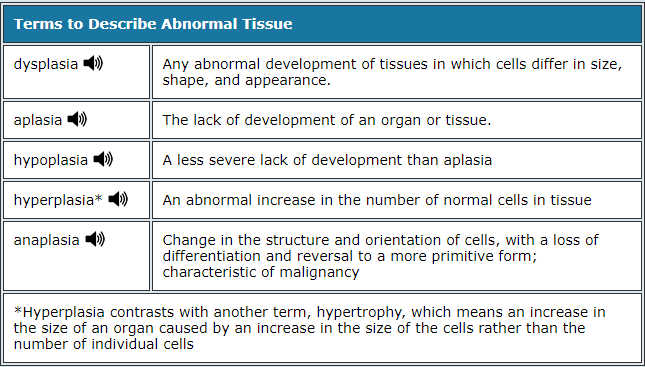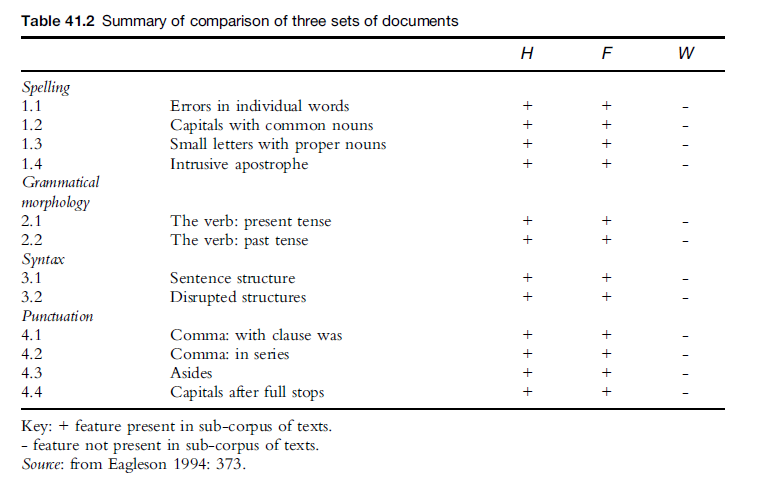Let me share some delightful excerpts about German from Duolingo:)
.
For the fans of der/die See, a specimen of utmost German madness.
das Band (die Bänder) – the tape (band)
der Band (die Bände) – the volume/tome
die Band (pronounced as in English) (die Bands) – the music band
.
On selecting the right article:
“Rhyming can often help. If you already know a noun that rhymes with the new one, there’s a good chance they will have the same gender. Go for it 🙂
der Fisch, der Tisch
der Raum, der Traum, der Baum
der Kopf, der Knopf”
.
And of course:
“OK, because you asked: the longest “real” German word (so far) is:
Rindfleisch-etikettierungs-überwachungs-aufgaben-übertragungs-gesetz
(Without the hyphens. We had to add those in order to be able to show the whole word…)
It’s a law on how to transfer tasks about the monitoring of the labeling of beef. At least that’s what the word says.”
Tag: English
“Tea”if by sea, “cha”if by land
Panphlebostasis
I really start enjoying medical terminology. Each time you meet a term like panphlebostasis, you first shudder, then get it.
Pan- would be “all”, -phleb- is something with veins, -o- just for the sake of easier pronunciation, -stasis is “to stop”, I read that on bus stops in Athens. Like, what, all the veins stopped functioning? Yeah, precisely that, if you trust that single result from Google, some Chinese-English translation quiz… But in other cases it works, I swear! And it cannot possibly be NOT related to veins and stopping and all. It works with stuff like hepatosplenomegaly or quadriplegic, and you can actually finally understand what enuresis and tachycardiac mean, just by looking at the word! They were rambling in my head since childhood, empty shells, vague diagnoses with no clear meanings attached.
.
That was it about enjoyment. Actually around 40% of the time I am just crying amidst heaps of printouts with gazillions of terms, but judging from medical students’ Facebook posts, it’s just about the right way to do it. Maybe should also study overnight, while eating, at work.
.
Since I want to be able to translate everything into Russian, but the course was supposed to be English and turned out to be Greco-Latin, the process usually goes like this:
Okay, whaddawe’ave here, a cholecyst/o. What’s that? A gall bladder. Doesn’t help, let’s translate. Жёлчный пузырь, wow, 5% more info. OK, Google, where is the thing located and what precisely gall does?..
.
Also, authors of my course insist that there are terms only consisting of a prefix and a suffix: neoplasm, dyspnea. I would argue, but it’s a funny view to share.
.
Generally, thank you, dear doctors, for sticking to Greek and Latin all the way through, instead of inventing new words.
Except for the cases when fuck you, why the heck целлюлит stands for both cellulitis and cellulite? Why ditch the ending that shouts out loud: INFLAMMATION. Or let’s call absolutely different things ilium and ileum, and have fun. Or let’s make people stumble upon дистония, ’cause it’s dys-tonia, not disto-nia, damn, Russian, go get yourself some additional letters.
.
Nevertheless – what a wonderful consistency. Hmm, there are all kinds of troubles with tissues, let’s call them dysplasia, aplasia, anaplasia, hypo- and hyperplasia accordingly. The differences are too brilliant to narrate, let me just show you the table:

Brexodus
The departure of people or companies from the UK due to Brexit.
A double blend! Britain+exit -> Brexit; +exodus -> Brexodus
Pay it forward
the opposite of payback: when someone does a good dead for you, instead of paying them back, pay it forward by doing a good deed for someone else.
It’s all Greek to me T-shirt
Forensic linguistics
An interesting case is reported by Eagleson in Gibbons (1994), which involved a ‘farewell letter’, apparently written by a woman who had left her husband, but who in fact had been murdered by him. The letter was compared with a sample of her previous writings and a similar corpus of those of her husband. Eagleson concluded that the letter had been written by the husband of the missing woman, and when presented with this compelling evidence the husband confessed to having written it himself and to the murder. The features identified by Eagleson in both the disputed letter and the husband’s corpus of texts included marked themes, the deletion of prepositions and the misuse of apostrophes, as well as grammatical features such as omissions in the present tense inflections and in the weak past tense ending -ed. Table 41.2 is a summary of Eagleson’s analysis: H represents the husband’s corpus, F equals the farewell letter of disputed authorship, and W indicates the wife’s set of texts.
While the majority of forensic work does not yield such startlingly neat results, Table 41.2 gives an indication of the power of using corpora to analyse texts of this type. Had these personal comparative corpora not existed or not been analysed, it is unlikely that the killer would have confessed since he had denied any involvement in his wife’s disappearance until he was presented with the parallel corpora evidence.
It is not only the use of large corpora such as COBUILD or the British National Corpus which enables forensic linguists to contribute to casework. The internet is increasingly being used as a resource for linguistic analysis, although there are certain caveats which need to be applied to its use.
O’Keeffe, A. & McCarthy, M. (2010) The Routledge Handbook of Corpus Linguistics. London and New York: Routledge. (p. 583)
Unicorn food
“basically if it looks like something from a fairytale book, it ticks the unicorn box”(c) BBC GoodFood
“food and beverages that don’t necessarily taste good, but that are highly Instagrammable” (c) Insider
Unicorn Café par excellence: http://www.cosmopolitan.com/food-cocktails/a3883399/unicorn-cafe-bangkok/
BC
While it is natural today to take ‘corpus linguistics’ to mean ‘electronic corpus linguistics’, we must not forget that there were language corpora BC, i.e. ‘before computers’.
Facchinetti, ed. (2007)
Alternative translation methods
For the first time ever I translated several emotional sentences with a hug.
And the speaker said: “Yeah, that’s right”.



